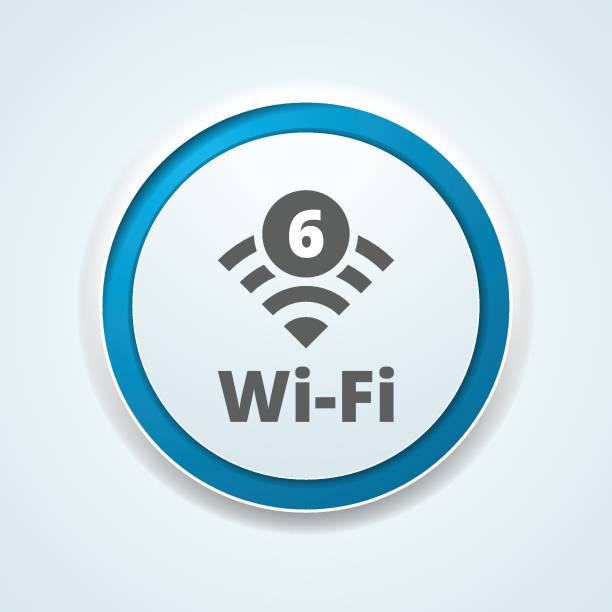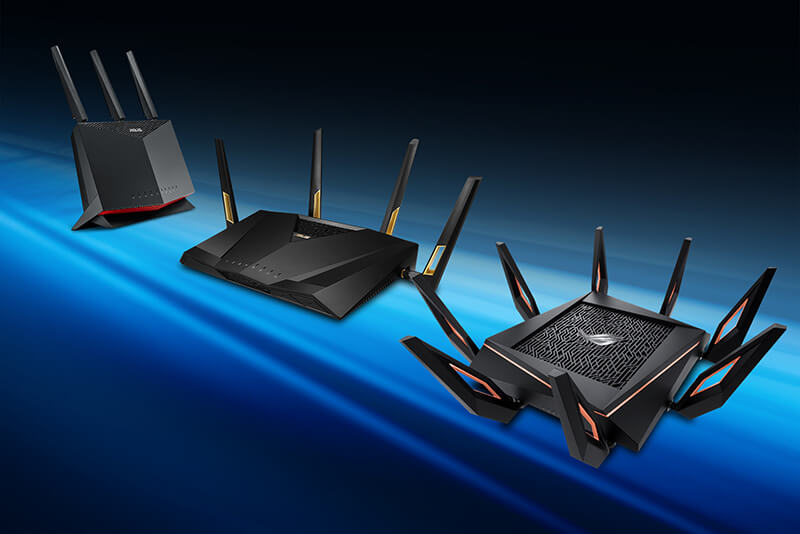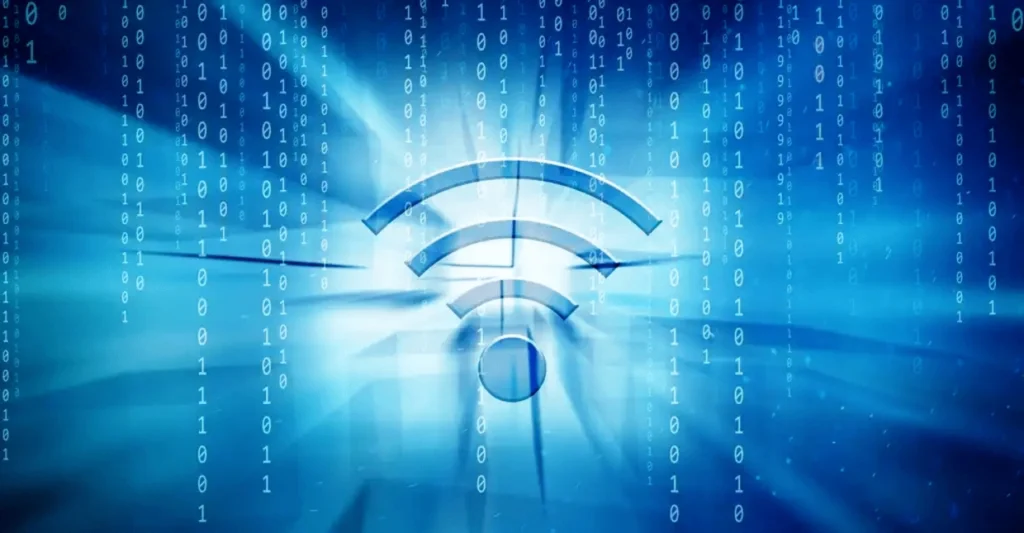Wi-Fi is something we use every day, from streaming movies to browsing the web and connecting smart devices. But as more people and devices rely on wireless networks, older Wi-Fi technologies are struggling to keep up. That’s where Wi-Fi 6 comes in.
This new generation of Wi-Fi technology promises faster speeds, stronger connections, and the ability to handle more devices at once. Let’s explore how Wi-Fi 6 works, what makes it better than earlier versions, and how it will impact the world.

What is Wi-Fi 6?
Wi-Fi 6 is the latest version of wireless technology, also called 802.11ax. It’s like an upgrade to the Wi-Fi most of us already use, but much smarter and faster.
The goal of Wi-Fi 6 isn’t just to make your internet speed quicker (though it does that too). It’s also built to work better when there are a lot of devices connected at the same time. Imagine a busy airport or a packed stadium—Wi-Fi 6 ensures everyone can still get a reliable connection.

Why Do We Need Wi-Fi 6?
With more smart devices like phones, laptops, smart TVs, and even refrigerators connecting to the internet, older Wi-Fi systems can become overloaded. You may have noticed your internet slowing down when many devices are connected at once.
Wi-Fi 6 fixes this problem by:
- Handling More Devices: It’s designed to work smoothly even if dozens of devices are connected to one network.
- Improving Speed: It offers much faster internet than earlier versions.
- Reducing Congestion: Even in crowded places like offices or airports, Wi-Fi 6 ensures steady connections.

Key Features of Wi-Fi 6
Here’s what makes Wi-Fi 6 so special:
1. Faster Speeds
Wi-Fi 6 can reach speeds up to 9.6 Gbps. While most home internet doesn’t go that fast, having this potential means your network will perform better with high-demand tasks like streaming 4K or 8K videos and online gaming.
2. Better Performance in Crowded Areas
In places like cafes, stadiums, or public transportation hubs, Wi-Fi usually struggles because so many people are using it at the same time. Wi-Fi 6 uses a technology called OFDMA (Orthogonal Frequency Division Multiple Access) to divide a single network into smaller channels, making it easier for multiple devices to connect without slowing down.
3. Longer Battery Life for Devices
Wi-Fi 6 introduces a feature called Target Wake Time (TWT), which helps devices save energy. It tells your devices when to “wake up” and send or receive data, meaning less battery drain for phones, laptops, and smart gadgets.
4. Stronger Security
Wi-Fi 6 supports WPA3, the latest security standard, which makes it harder for hackers to break into your network.

How Wi-Fi 6 Will Transform the World
The global impact of Wi-Fi 6 will be significant. From homes to industries, its benefits will ripple across various sectors:
1. Smarter Homes
With more smart devices like security cameras, smart thermostats, and voice assistants in homes, Wi-Fi 6 ensures all these gadgets work smoothly together without slowing down your internet.
2. Better Online Learning and Remote Work
The pandemic has shown us how important reliable internet is for working and learning from home. Wi-Fi 6 provides stronger, faster connections, making video calls, virtual classrooms, and large file transfers easier than ever.
3. Advancements in Healthcare
Hospitals and clinics rely on internet-connected devices to monitor patients and run advanced medical equipment. Wi-Fi 6 can handle these demands efficiently, ensuring critical systems don’t fail during peak usage.
4. Enhancing Public Spaces
Imagine going to a crowded concert or airport and still being able to stream, browse, or check emails without lag. Wi-Fi 6 will make this possible by reducing congestion in high-traffic areas.
5. Boosting Business Efficiency
Large offices with hundreds of employees often struggle with slow Wi-Fi during peak hours. Wi-Fi 6 allows businesses to connect more devices without compromising speed or reliability, improving productivity.
6. Driving Innovation in Smart Cities
Smart cities rely on connected systems, like traffic lights, security cameras, and public Wi-Fi hotspots. Wi-Fi 6 provides the backbone for these technologies, ensuring they work efficiently to improve urban living.

Wi-Fi 6 vs. Previous Versions
| Feature | Wi-Fi 5 (802.11ac) | Wi-Fi 6 (802.11ax) |
|---|---|---|
| Max Speed | 3.5 Gbps | 9.6 Gbps |
| Device Handling | Limited | Can handle more devices |
| Efficiency | Lower | Higher in crowded areas |
| Battery Optimization | No | Yes (TWT technology) |
| Security | WPA2 | WPA3 |

The Challenges of Adopting Wi-Fi 6
Despite its advantages, there are some hurdles to overcome:
- Cost: Wi-Fi 6 routers and devices are more expensive than older models.
- Compatibility: Older devices may not fully benefit from Wi-Fi 6’s features.
- Infrastructure: Many areas, especially in developing countries, still lack the basic internet infrastructure to support Wi-Fi 6.

The Future of Connectivity with Wi-Fi 6
Wi-Fi 6 is paving the way for even more advanced technologies, like Wi-Fi 7, which is already under development. As the internet becomes central to nearly every aspect of our lives, Wi-Fi 6 provides the foundation for a future where connectivity is seamless, fast, and reliable.
From powering smart homes to enabling smart cities, its potential is enormous. While the transition may take a few years, the benefits it brings will outweigh the initial challenges.v


